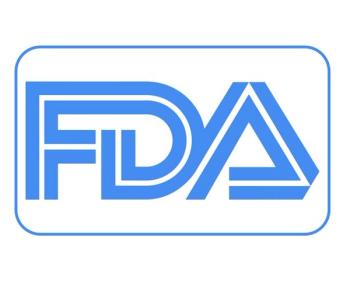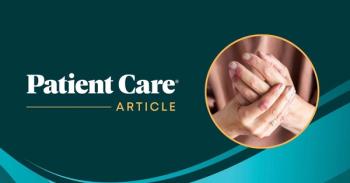
Passive Workplace Tobacco Smoke Boosts Lung Cancer Risk
CHICAGO -- There is more evidence that nonsmokers exposed to wafting second-hand smoke at work have an increased risk of developing lung cancer.
CHICAGO, Jan 31 -- There is more evidence that nonsmokers exposed to wafting second-hand tobacco smoke at work have a greater risk of developing lung cancer over smoke-free persons.
The exposed nonsmoking workers were 24% more likely to develop lung cancer than if they were smoke-free, epidemiologist Leslie Stayner, Ph.D., of the University of Illinois at Chicago and colleagues, reported online ahead of scheduled publication in the March issue of American Journal of Public Health.
The investigators also said that those who were "highly exposed" had twice the risk of developing lung cancer, but they could not define precisely what "highly exposed" meant.
Their meta-analysis of 22 studies from the U.S., Europe, and Asia, confirmed a not surprising risk of second-hand smoke exposure in factories, offices, restaurants, and bars.
However, until now the strongest support for the smoking-lung- cancer connection has come from studies of nonsmokers exposed to a smoking spouse, but the size of the risk including the level of exposure to workplace smoke has been less clearly established, they said
Even if the lung cancer risk were elevated by only 20%, this would still constitute a significant public health concern because of the large number of workers potentially exposed, the researchers said. Smoking remains permissible in approximately 30% of workplaces in the U.S., they estimated.
Studies of lung cancer and workplace exposure were identified from previously conducted workplace meta-analyses and from a Medline and Embase literature review conducted as of Jan. 1, 2003. Seven of the 22 studies reported findings for exposure using categories based on cumulative exposure or intensity of exposure.
Studies that included active or former smokers were excluded. The investigators also controlled for so-called publication bias (the tendency of journals to favor large and positive studies).
Twenty of the 25 relative risk estimates indicated an excess lung cancer risk among non-smokers exposed to smoke at work.
Overall, the relative risk (RR) of lung cancer among nonsmokers exposed to workplace smoke was 1.24 (95% CI, 1.18-1.29).
To evaluate the impact of combining studies with different levels of confounding control, the researchers dropped six studies with crude estimates of effect and still came up with a relative risk of 1.25 (CI 1.13-1.38), similar to the 1.24 relative risk for the analysis of all the studies.
For the highest exposure categories, the relative risk was 2.01 (CI, 1.55-2.60, P
The study may also have been biased if some the participants were truly ever-smokers. However, the researchers said, it seems unlikely that any of these biases could fully explain the findings, particularly the analyses of the highest-exposure groups and the duration of exposure.
This research provides the "strongest evidence to date of the relationship between workplace environmental tobacco smoke and lung cancer," the researchers said.
The findings have important policy implications for cities and states that have not legislated smoking bans in bars and restaurants where there are high levels of environmental smoke, Dr. Stayner concluded.
Newsletter
Enhance your clinical practice with the Patient Care newsletter, offering the latest evidence-based guidelines, diagnostic insights, and treatment strategies for primary care physicians.



















































































































































































































































































